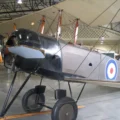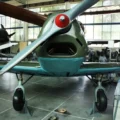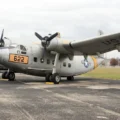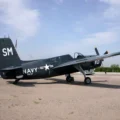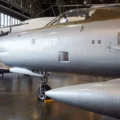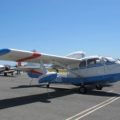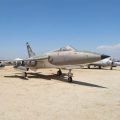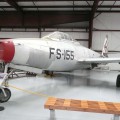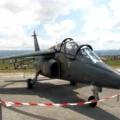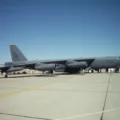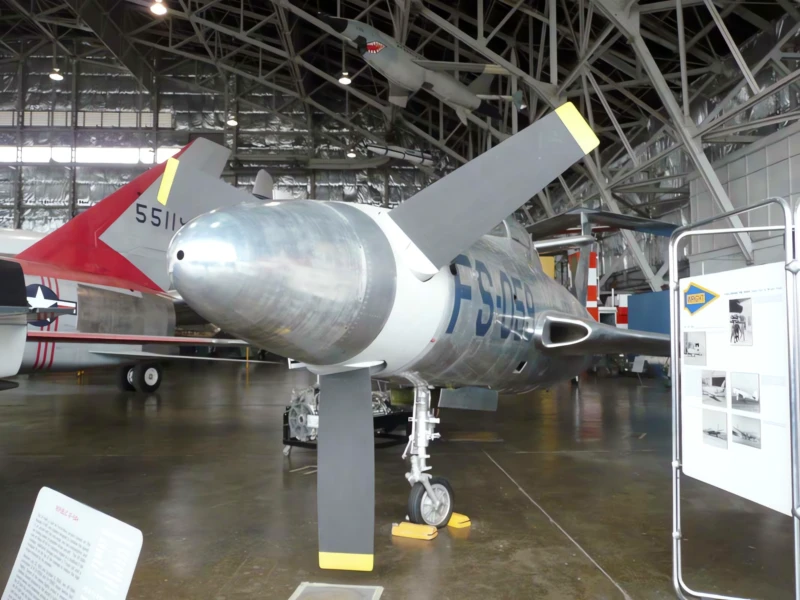
Republic XF-84H Thunderscreech | |
|---|---|
| Šalies | Jav |
| Vaidmenį | Eksperimentinis kovotojas |
| Pirmasis skrydis | 1955 m. liepos 22 d. |
| Pastatytas | 2 |
2007 Respublika XF-84H "Thunderscreech" buvo eksperimentinis turbopropelerinis orlaivis, gautas iš F-84F Thunderstreak. Varomas turbininio variklio, kuris buvo sujungtas su viršgarsiniu sraigtu, XF-84H galėjo nustatyti neoficialų oro greičio rekordą propeleriniams orlaiviams, tačiau nesugebėjo įveikti dantų turinčių aerodinaminių trūkumų, todėl programa buvo atšaukta
Šaltinis: Respublika XF-84H Perkūnija Vikipedija
| "Republic XF-84H Thunderscreech" pasivaikščiojimas | |
|---|---|
| Fotografai | Vladimiras Yakubovas |
| Lokalizavimo | USAF nacionalinis muziejus |
| Nuotraukos | 93 |
Taip pat žiūrėkite:
2007 Respublika XF-84H Perkūnas was an experimental turboprop aircraft derived from the F-84F Thunderstreak. It was designed to be the world’s fastest propeller-driven aircraft, and was also one of the loudest. The XF-84H had a slender fuselage with a large, adjustable-pitch propeller in the nose and a T-tail. The propeller was driven by a turbine engine that could produce up to 5,800 horsepower. The aircraft had a top speed of over 670 mph (1,080 km/h), which was faster than the speed of sound at sea level. However, the XF-84H also had many problems, such as excessive vibration, poor handling, and engine failures.
The propeller generated a continuous sonic boom that could be heard 25 miles (40 km) away, causing nausea and headaches among the ground crew and nearby residents. The noise also interfered with the aircraft’s radio communication and navigation systems. The XF-84H was nicknamed “Thunderscreech” by the pilots and “Mighty Ear Banger” by the ground crew. Only two prototypes were built and tested between 1955 and 1956, before the program was cancelled due to technical difficulties and lack of interest from the Air Force.
Views : 1398


